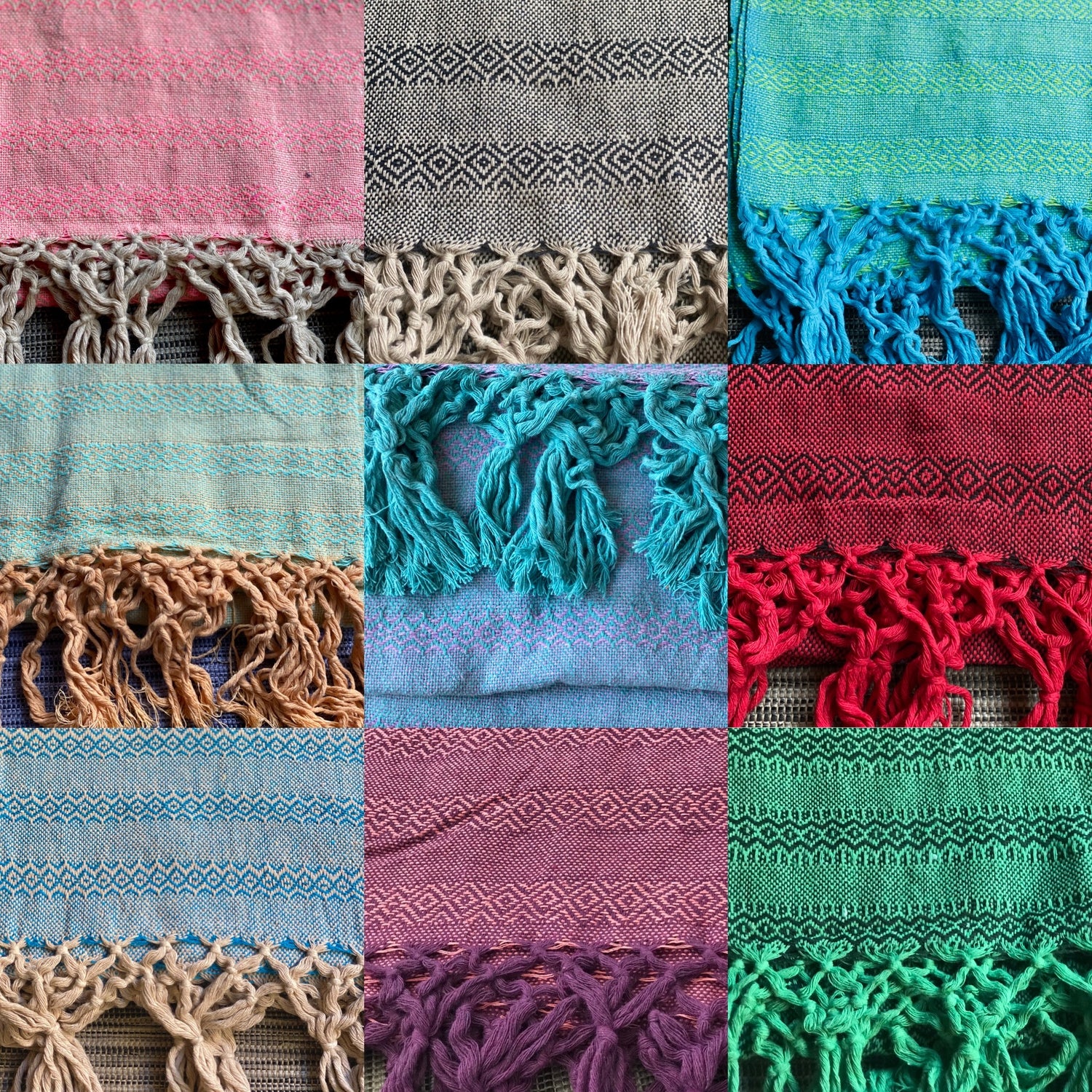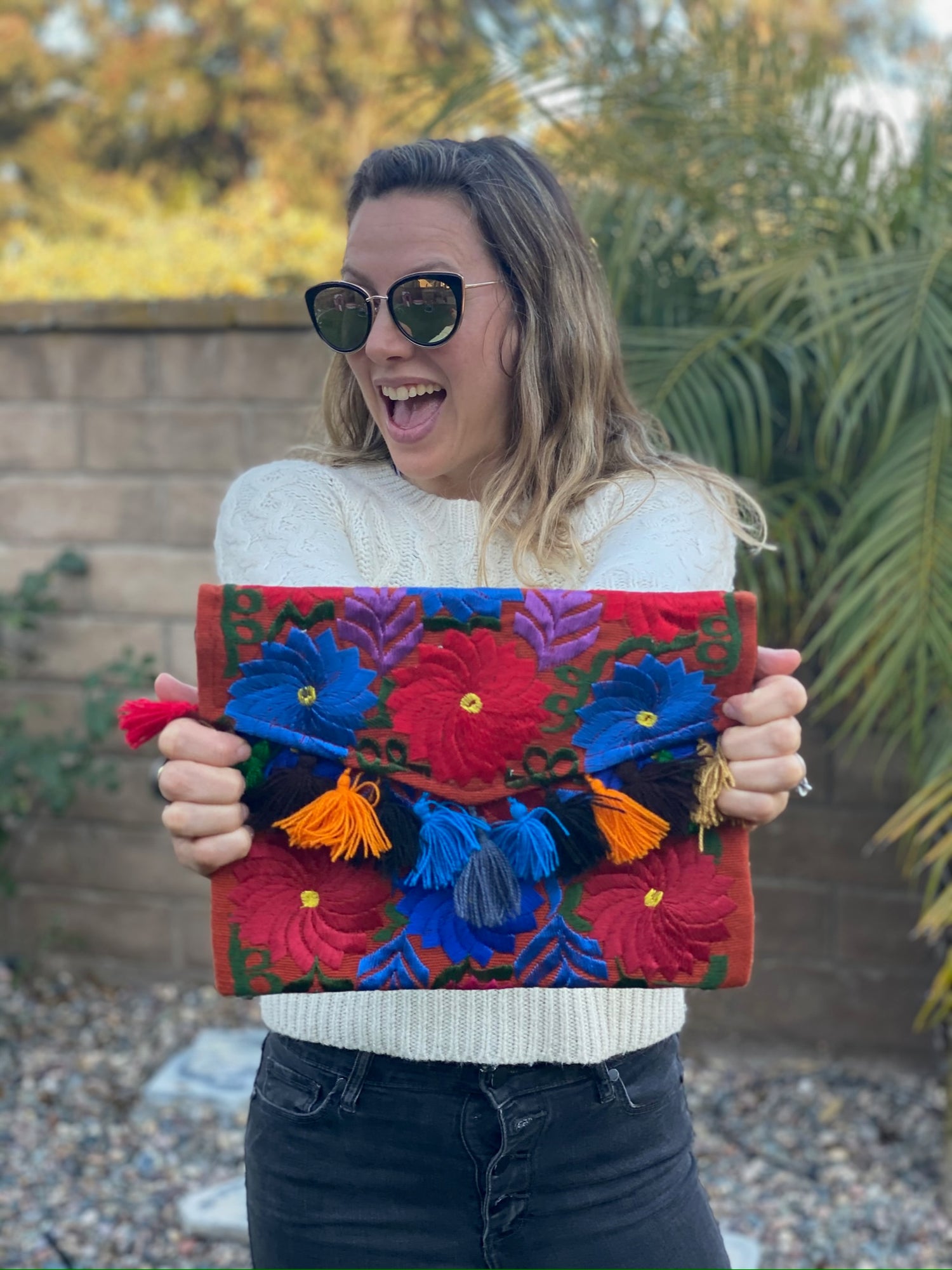Traditional rebozo weaving techniques are more than just a craft; they represent a rich cultural heritage passed down through generations.
These intricate textiles not only showcase the skill of artisans but also embody the identity and traditions of the communities in Mexico.
As you explore this art form, you will discover how it reflects deep-rooted cultural significance and the dedication of those who keep these traditions alive.

Each rebozo tells a story, woven with care and creativity, symbolizing the values and histories of the people who create them.
The artisans use methods and designs that honor their ancestors while adapting to modern influences. Understanding rebozo weaving will give you a greater appreciation for its role in expressing cultural identity and heritage.
This blog post invites you to dive into the fascinating world of rebozo weaving, highlighting its importance and the craftsmanship involved in creating these beautiful textiles. You will learn about the foundations of this art, its cultural significance, and the dedicated artisans who ensure this tradition continues to flourish.
Key Takeaways
- Rebozo weaving is a vital part of Mexican cultural heritage.
- Artisans blend tradition with modern techniques in their weaving.
- Each rebozo is a unique expression of cultural identity.
The Foundations of Rebozo Weaving

Rebozo weaving has deep roots in Mexican culture, showcasing a rich history and unique techniques. Its development is influenced by various regions and local artisans who contribute to this enduring art form.
Historical Evolution and Regional Variations
Rebozo weaving traces back to Mesoamerican times, where indigenous communities in areas like Oaxaca and Jalisco began crafting this essential textile. The backstrap loom is a key tool in traditional weaving, allowing artisans to create intricate patterns and designs passed down through generations.
Regions have distinct styles, reflecting local customs, colors, and weaving techniques. For instance, Teotitlán del Valle is notable for its vibrant hues derived from natural dyes like cochineal and indigo. Each community has its unique styles, which enrich the cultural tapestry of rebozo making.
Materials and Techniques in Rebozo Making
Artisans use various materials in rebozo production, including cotton, wool, and silk. The choice of fiber affects the texture and appearance of the final product.
Cotton, for instance, is prized for its softness, while wool adds warmth.
Techniques vary by region and include intricate designs achieved through the use of natural dyes. Artisans source colors from minerals, plants, and insects, creating unique patterns that tell stories.
The skill of the master weaver is crucial, as they employ traditional methods to produce high-quality, beautiful rebozos that honor their cultural heritage.
Cultural and Artistic Significance

The cultural and artistic significance of the rebozo is profound. This traditional garment serves as both a symbol of identity and a canvas for artistic expression. Its intricate designs and the skills of the artisans reflect deep-rooted cultural knowledge and contribute to the continuity of heritage.
Symbolism and Design in Rebozo
The rebozo is rich in symbolism, often showcasing geometric patterns and vibrant colors that carry cultural meanings. Designs may represent elements of the natural world or significant life events, such as weddings and births. Common motifs include pomegranates, which symbolize fertility and femininity.
Crafted by indigenous women, the rebozo serves as a medium for storytelling, where each design conveys a message or represents a community's history. The embroidery and fringe embellishments enhance the garment's beauty.
Contemporary designers are revitalizing these traditional techniques, integrating modern aesthetics while maintaining respect for the craft's authenticity. This fusion allows the rebozo to remain relevant, continuing its role as a symbol of cultural identity and strength.
Rebozo in Society: Roles and Representations
In society, the rebozo plays various roles beyond mere decoration. It is a practical garment used for carrying children or goods, reflecting its versatility.
This functionality is paired with its significance during rituals and ceremonies, where it often symbolizes protection and love.
The rebozo connects you to your heritage, allowing wearers to express pride in their cultural legacy. As a representation of women weavers’, it highlights the collective strength and artistry of generations.
Throughout history, the rebozo has been more than just a shawl; it has been a source of communal identity and personal expression. Its presence at special occasions underscores its role in celebrating life's significant moments, making it an enduring thread in the fabric of Mexican textiles and culture.
Frequently Asked Questions

This section addresses common questions about traditional rebozo weaving techniques. You will find details about the cultural significance, materials, historical origins, and the meaning behind the patterns and colors. Additionally, information about key figures and the transfer of skills through generations is highlighted.
How did handwoven rebozos play a role in cultural identity?
Handwoven rebozos are more than just accessories; they symbolize cultural pride and identity. Traditionally, they are used by women in various ceremonies, enhancing their connection to community and heritage. The unique patterns and colors also reflect regional identities and personal stories.
What are the primary materials used in crafting traditional rebozos?
The primary materials for crafting rebozos include cotton and wool. Cotton offers breathability and comfort, while wool adds warmth. Some artisans use silk for a more elaborate touch. The choice of material can influence the texture and durability of the final product.
Can you trace the historical origins of rebozo weaving techniques?
Rebozo weaving has roots in pre-Columbian times, evolving through centuries of cultural influences. The techniques were inspired by indigenous practices and later enriched by Spanish colonial designs. This blending has resulted in a diverse array of styles and methods that are recognized today.
What do the patterns and colors in rebozos represent?
Patterns and colors in rebozos often carry specific meanings. Geometric shapes may symbolize balance and harmony, while floral motifs can represent life and nature. The choice of color can also denote social status or personal significance, showcasing the weaver's heritage and creativity.
Who are the prominent figures in the history of rebozo creation?
Prominent figures include skilled artisans and community leaders who have preserved and promoted rebozo weaving. Many of these individuals are recognized within their communities for their expertise and have contributed to the cultural significance of rebozos through teaching and mentorship.
How are rebozo weaving skills traditionally transmitted across generations?
Rebozo weaving skills are typically passed down through family lines. Elders teach younger generations the intricate techniques and cultural stories associated with the craft.
This hands-on learning fosters a deep connection to heritage and ensures the survival of this important art form.




